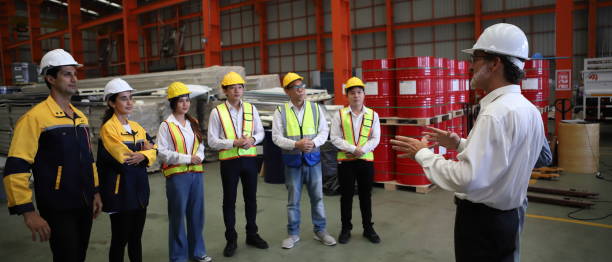Introduction:
Embarking on a journey towards ethical business practices involves understanding the intricacies of SMETA (Sedex Members Ethical Trade Audit). In this blog post, we’ll delve into the best practices and measurement criteria recommended for businesses undergoing SMETA audits.
Understanding SMETA:
Sedex Members Ethical Trade Audit (SMETA) is a widely recognized framework designed to assess and ensure responsible and ethical business practices in supply chains.
Best Practice Guidance:
- Employee Welfare:
- Prioritizing Worker Well-being
- SMETA emphasizes creating a work environment that prioritizes the well-being of employees. Adequate facilities, fair remuneration, and a commitment to health and safety are key considerations.
- Environmental Impact:
- Eco-Friendly Operations
- SMETA best practices guide businesses to minimize their environmental footprint. This includes sustainable resource usage, waste reduction, and adherence to eco-friendly practices.
- Supply Chain Transparency:
- Illuminating the Supply Chain
- Transparency is a cornerstone of SMETA best practices. Businesses are encouraged to disclose information about their supply chain, fostering accountability and responsible sourcing.
Measurement Criteria:
- Labor Standards:
- Ensuring Fair Labor Practices
- SMETA measures adherence to fair labor practices, including non-discrimination, reasonable working hours, and the right to collective bargaining.
- Ethical Governance:
- Upholding Ethical Governance
- Businesses are evaluated on their ethical governance, which includes a commitment to anti-bribery measures, compliance with laws, and ethical decision-making.
- Health and Safety:
- Prioritizing Workplace Safety
- Measurement criteria include an assessment of workplace safety standards, ensuring that businesses provide a secure and healthy working environment.
Conclusion:
Navigating the SMETA framework involves aligning with best practices and meeting measurement criteria that encompass various aspects of ethical business operations. By integrating these guidelines, businesses can not only meet compliance standards but also contribute to a more sustainable and responsible global supply chain.





Pingback: Effective Grievance Procedures Examples in Supply chain
Pingback: SEDEX Certification in Supply Chain – All You Need To Know -2024